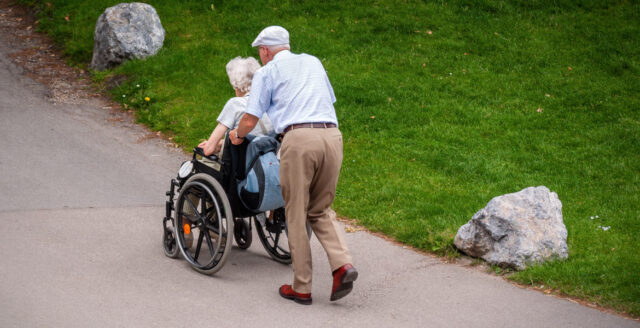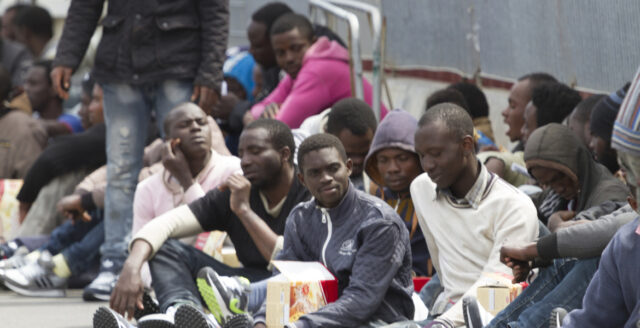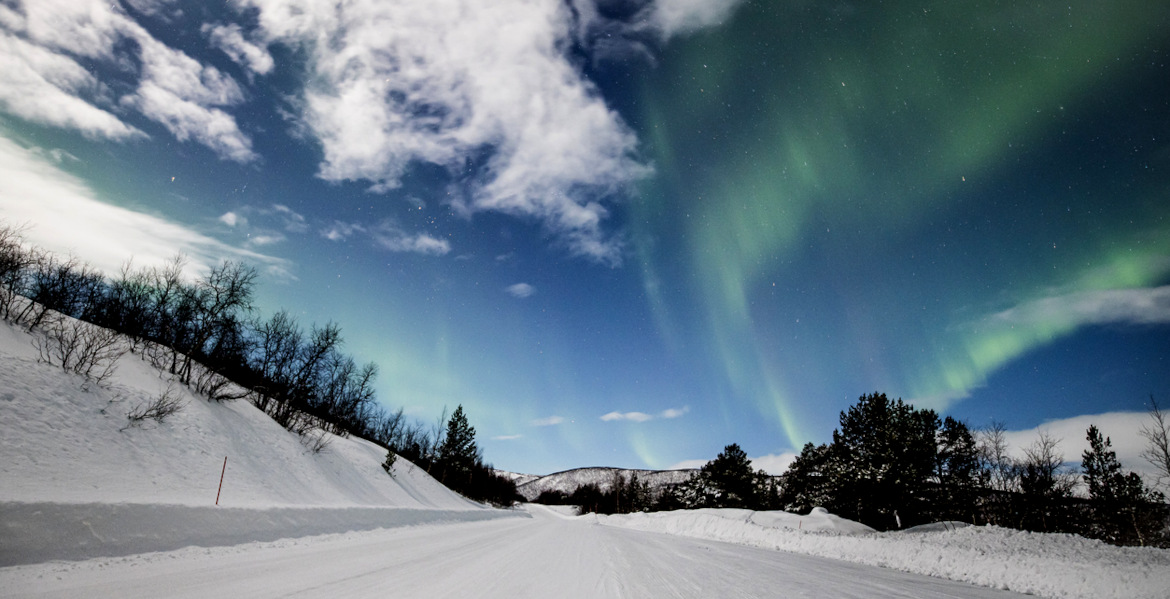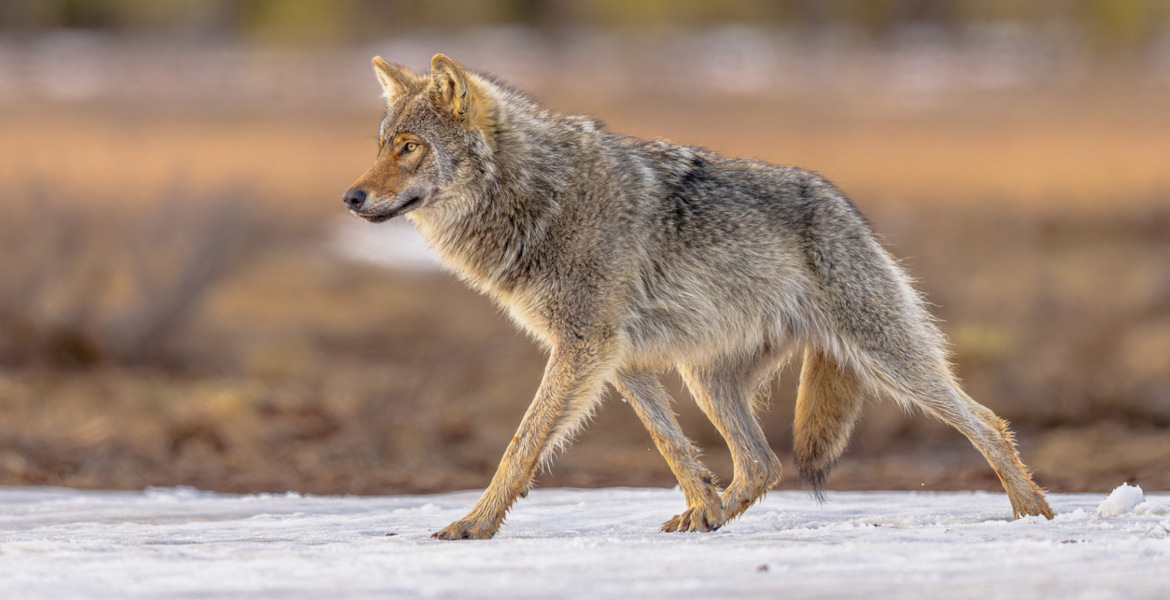Finland's population is shrinking and aging at record pace, with the number of births dropping from 60,000 to 45,000 in just over ten years.
— The population pyramid is standing on its tip, warns demography professor Jan Saarela.
Finland is grappling with an accelerating population crisis that threatens the country's future welfare. New figures show that the number of school-age children is expected to continue declining over the next 25 years, while the proportion of elderly people increases dramatically.
— This is hardly a favorable development for the future, states Jan Saarela, professor of demography at Åbo Akademi University in Finland.
The numbers speak clearly. In the early 2010s, around 60,000 children were born annually in Finland. During 2023 and 2024, the number had plummeted to approximately 45,000 – a 25 percent decrease in just over a decade.
The decline primarily affects the native Finnish population, and consulting firm MDI's recent report confirms that the population will continue to shrink and the dependency burden for those working will become increasingly heavy.
Rural areas hit hardest
The demographic crisis strikes with varying intensity across the country. Population projections for 2024-2050 show a Finland where rural municipalities shrink dramatically while only a few larger cities continue to grow.
When professor Saarela is asked by Finnish public broadcaster Yle whether Finns in rural areas can expect even worse services in the future, he answers briefly:
— Yes, I believe so. I also think we will see more municipal mergers in the future, considering that the number of municipalities in Finland is still very large. I don't advocate for municipal mergers, but I note that it will probably become necessary.

Although population concentration in larger cities is a global phenomenon, Finland stands out negatively. The same development is seen in other Nordic countries, but Finland fares worst.
— But Finland is, as far as I know, worst in class and has been for several years, says Saarela.
"More children should be born"
To break the negative spiral, the demography professor sees only two possible paths: more births or increased mass immigration.
— One is that more children should be born, and the other is increased immigration, he argues.

The low birth rate is partly due to many young Finns finding it difficult to combine parenthood with other aspects of life.
— It doesn't feel advantageous to have children at certain life stages, so many postpone the decision. In some cases, people wait so long that there are no large families at all, explains Saarela.
One proposal is therefore to introduce higher child allowances for the first child.
— Perhaps a higher child allowance for the first child would help. But it requires resources, says the professor, while also noting that resources become increasingly scarce as the number of people of working age decreases.
Increased immigration?
The second path, increased immigration, is politically sensitive and difficult to plan. Recent years' substantial immigration, particularly from Ukraine, has temporarily increased the population. But many Ukrainians plan to return when the war ends.
— Immigration is affected by global events and is difficult to predict. Statistics Finland's projections were previously based on a certain number of immigrants, but recent years' sharp increase has made the projections no longer accurate, says Saarela.
Researchers also cannot say exactly how large labor immigration would need to be to reverse the trend.

A risky path
Large-scale migration, primarily from non-European countries, also brings a long series of difficult-to-solve problems and negative societal effects in the form of increased insecurity, poverty, crime, growing parallel societies and ethnic conflicts that are imported to the receiving country. Mass immigration has also proven to be enormously costly economically.
Sweden is one of the Western world's clearest examples – from one of the world's safest countries to a country plagued by foreign conflicts, segregation, gang crime, shootings and bombings where the majority of serious violent crimes are committed by people with foreign backgrounds.
Finland has so far avoided Sweden's most acute problems through lower immigration, but the same negative development is visible here as well.
In summary, professor Saarela sees few bright spots. The negative population development is, according to him, very difficult to reverse, and the challenges to Finland's population structure will likely persist for the foreseeable future.




